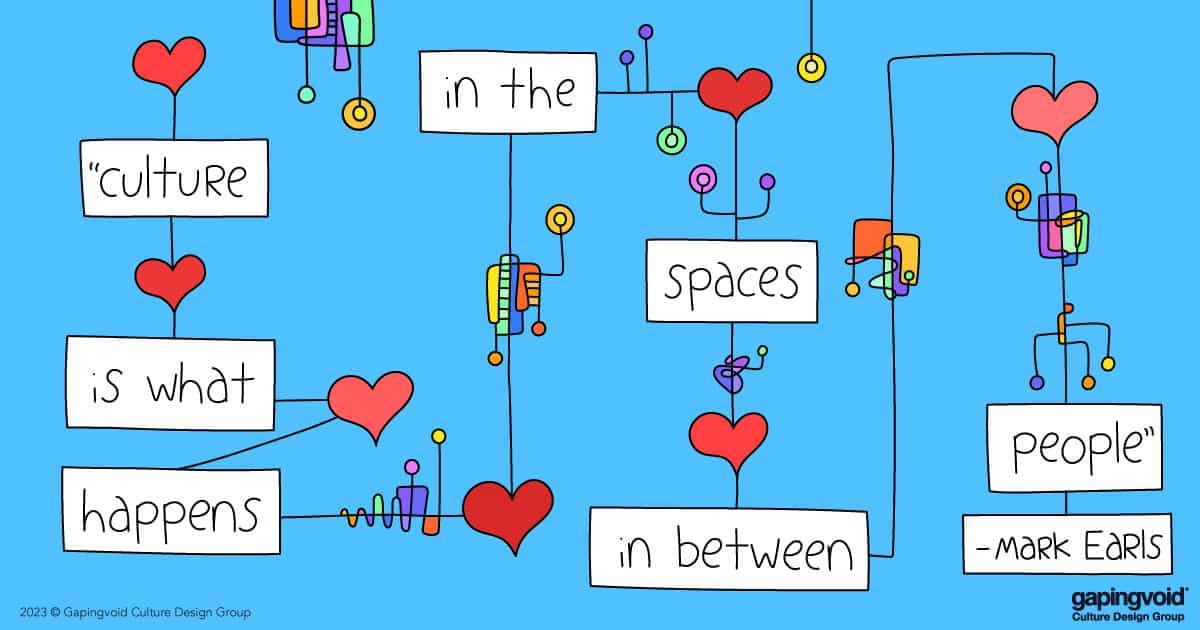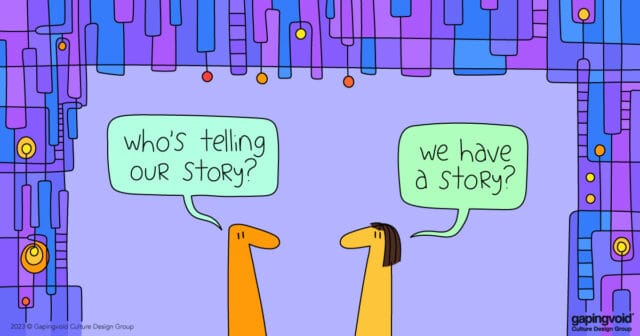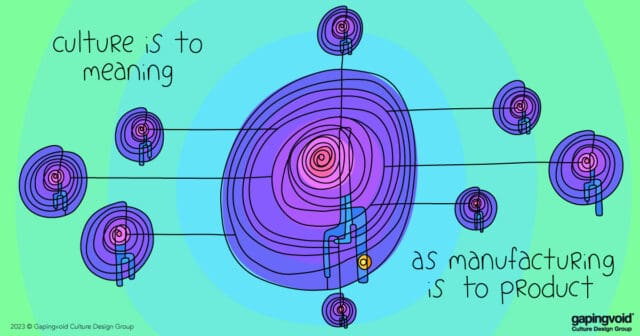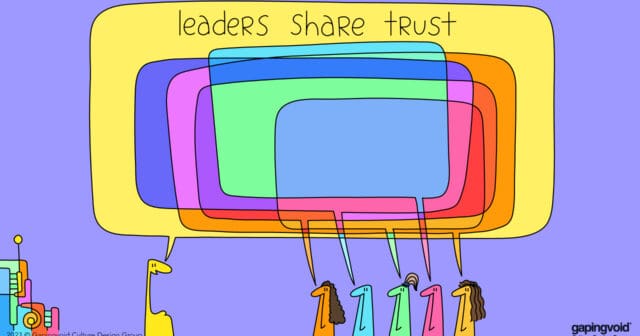
Two things have been dominating headlines. Predictions that we might be on the cusp of a big recession and tech companies laying people off in droves. But those two facts have less to do with one another than most people think.
Recently, Salesforce laid off 10,000 employees. This mirrors similar layoffs at Amazon, Twitter, Google, Microsoft, and across the tech sector.
The go-to explanation has been that because of the signs of an upcoming recession, these companies are cutting costs in preparation. But many of these companies are logging record profits, and waves of layoffs in the tech sector started way before indicators of a recession.
There’s something else going on: a shift in how these tech companies do business.
We all know what businesses want: to lower costs and increase revenue. That’s how they remain businesses. And somewhere along the line, these tech companies realized they could maintain similar levels of revenue with far fewer workers.
It’s a numbers game, which is hard for employees to swallow especially after firms have touted the idea of being a family for years. An egregious lie? Perhaps. Or maybe the firms really did want their employees to feel like family and simply miscalculated. Regardless, the result in the public square is the same: an appealing image exposed as an illusion.
Are they right to do this? It depends on the company, and there are strong arguments on both sides. One thing is certain: all companies considering this course of action should proceed with caution. They’re playing with something that doesn’t immediately show up on the balance sheet, but that makes or breaks businesses in the long run: culture.
Imagine a connect-the-dots. The people in an organization are the dots. Their relationships are the lines connecting them. That complex web represents an organization. And culture, which occurs in the spaces in between, is the picture that emerges based on how those dots are connected.
If you erase 10,000 dots, what happens to the picture?
It changes. Gets blurrier. It can even disappear. The fabric of the culture shifts. It could emerge stronger or be weakened.
While the long-term repercussions remain unknown, there is one clear positive. All that talent the big firms released is now going back into the labor market. There’s an opportunity for startups and disruptive competitors to draw these people into their cultures and harness their experiences to create business environments that are more dynamic and people-oriented.



